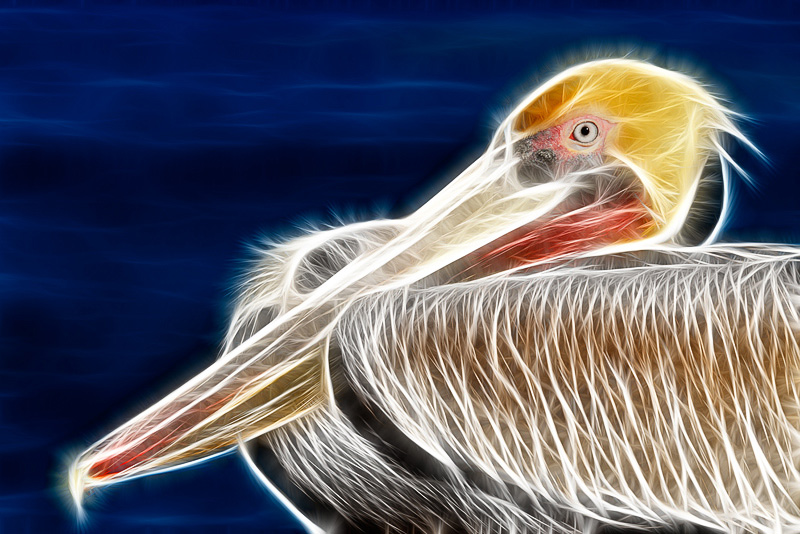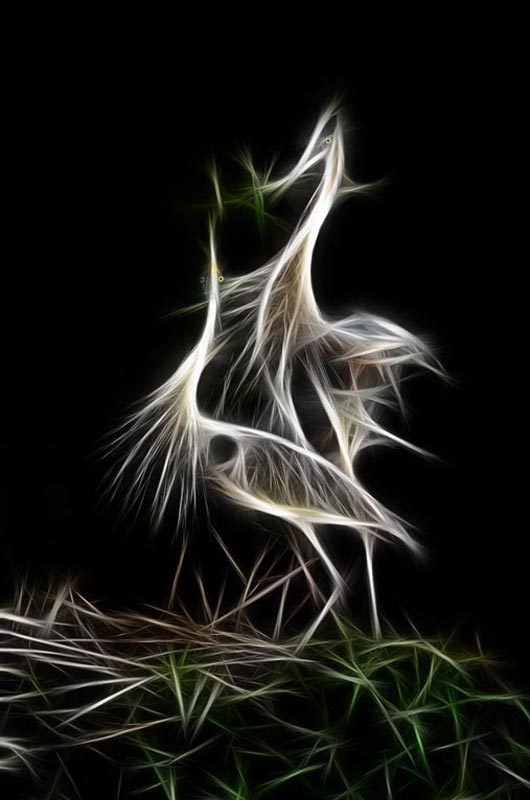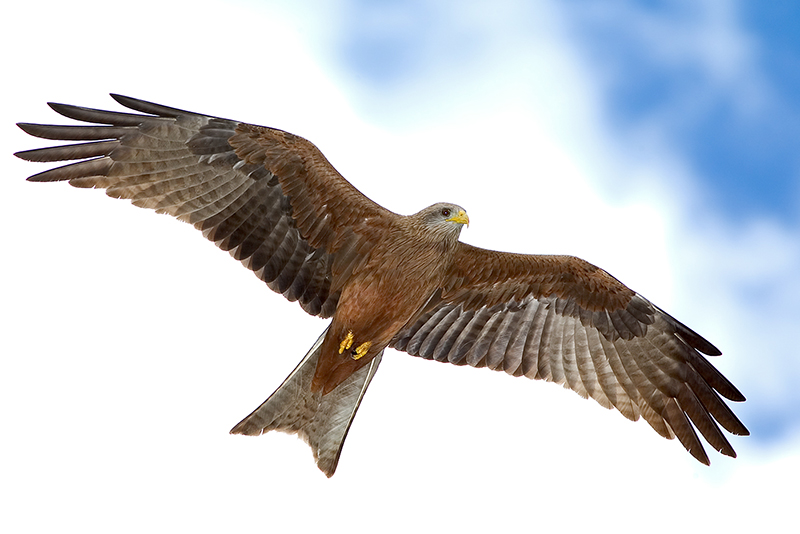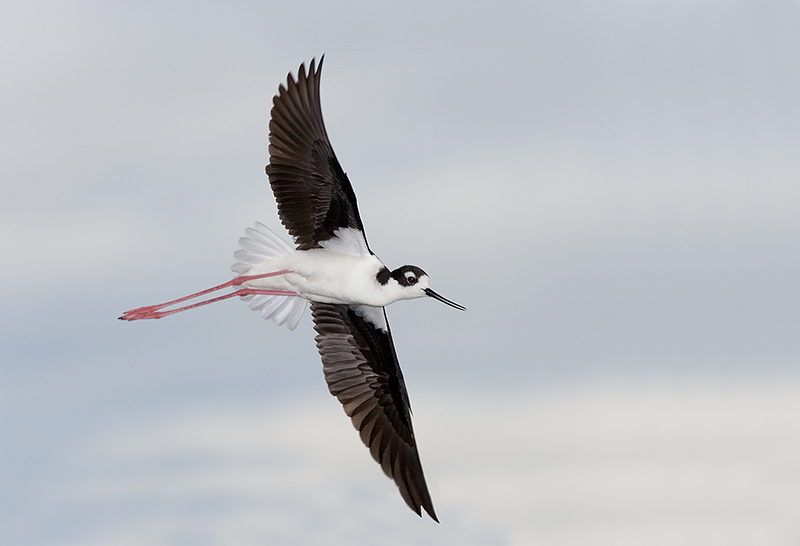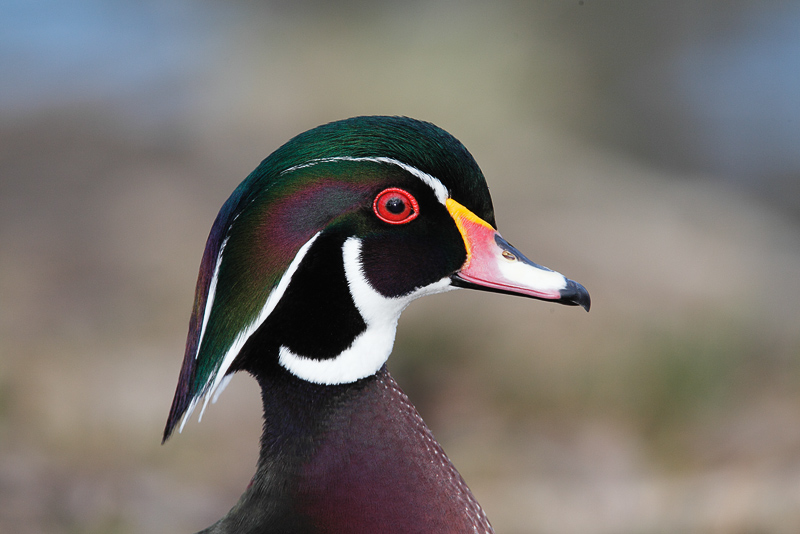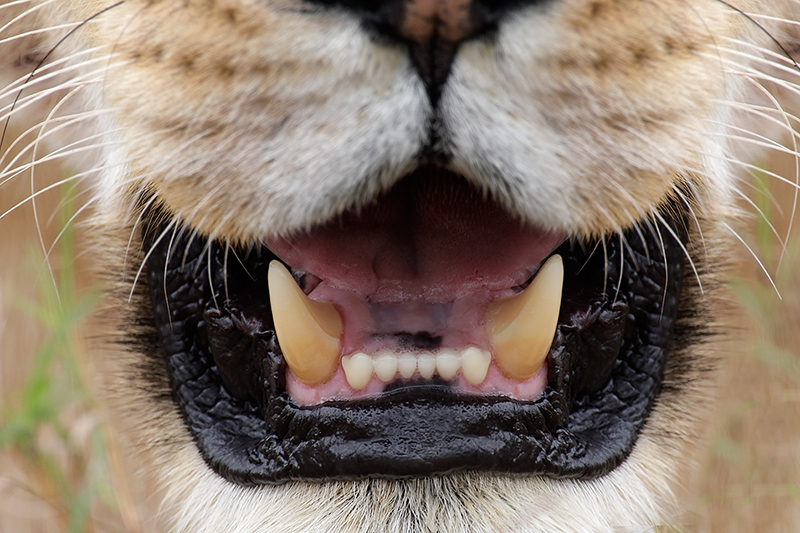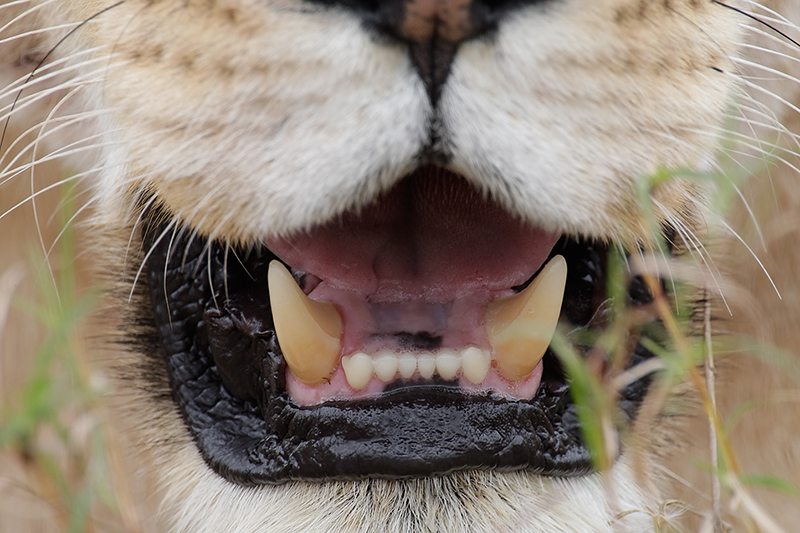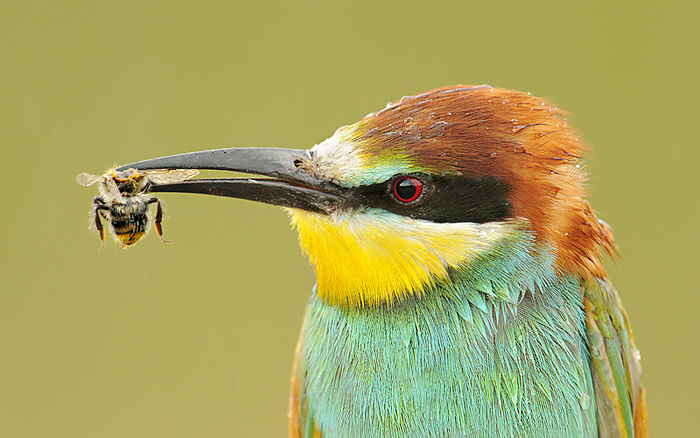Birds As Art Bulletin #316
February 5, 2010
Arthur Morris/BIRDS AS ART, PO Box 7245 4041
Granada Drive, Indian Lake Estates, FL 33855. Telephone: 863-692-0906.
Computer fax: 877- 265-6955
Important Note:
Please give the images a minute or two to load and do make sure that your
security settings are not preventing you from seeing them. Some
folks simply need to click on Show (or Allow) Images on the frame of the
e-mail. If you have any trouble at all viewing this Bulletin, you can access
it in the Bulletin Archives here:
www.birdsasart.com/bn316.htm
Managing your
subscription:
If you need to unsubscribe,
change e-mail addresses, or re-subscribe, it is far easier for you to manage
your subscription than it is for us to do.
At the bottom of the last
Bulletin you received you'll see a grey bar like this:
Only it will show your
e-mail address not the one for my laptop <smile> If you wish to
unsubscribe, simply click on that button. To add a new address, click
on update profile and you'll be able to do so. When we attempt to manually
manage folks' subscriptions with our new distribution system it can, for lack
of a better term, get us into trouble : ) If
you have mysteriously stopped receiving Bulletins recently, please check your
Spam Folder and your security settings. If no luck, try subscribing
again by clicking on this link on the home page:
BirdPhotographers.Net:
Inspirational, Educational, & Fun. Honest critiques done gently:
www.BirdPhotographers.Net
(It Ain't Just Birds!)
The BIRDS AS
ART BLOG: Great info with a personal touch, great images, and our legendary
BAA educational captions:
www.birdsasart-blog.com
FEATURES:
FRACTING FUN; YOU CAN
TEACH AN OLD DOG NEW TRICKS!
"ONE IMAGE: MANY LESSONS"
FOLLOW-UP
HIGH SPEED SYNC FLASH FOR
FLIGHT PHOTOGRAPHY
ERIC MEOLA
CANON EOS-1Ds MARK II FOR
SALE
POSSE NEWS: TODD GUSTAFSON
POSSE NEWS ROBERT O'TOOLE
IPT UPDATES
VERY IMPORTANT
NOTE: If you are responding to a
Bulletin via e-mail please take the time to delete all irrelevant text and
images. Thanks.
Brown Pelican, Fractalius filter, La
Jolla, CA
Image copyright 2010/Arthur Morris/BIRDS
AS ART
I created this with the Fractalius filter
plug-in. The surreal look and the bright bold colors put this one over the top
for me. I am curious as to whether Corbis will grab any of my Fracts....
You can see the original image here:
http://www.birdphotographers.net/forums/showthread.php?t=55949.
Follow the thread for an additional lesson on choosing your perspective.
FRACTING FUN; YOU
CAN TEACH AN OLD DOG NEW TRICKS!
After a few lessons from BPN Out of the Box
moderator Denise Ippolito (http://deniseippolito.smugmug.com/),
I created the image above with the Fractalius plug-in on my very own.
Above all, Fracting is great fun. While starting with a powerful image
as I did above will often yield great results, Fractalius can--on
occasion--create a stunning image even when you start with something that
should have been deleted. Another great thing about the plug-in is
that you learn by doing; move the sliders, give the program a few seconds to
process the image, and see what you get. Keep experimenting. And when
you hit upon a pleasing combination, you can save it as a pre-set.
Note; if you are working on a full resolution file (be sure that you have
duplicated your original master file) it may take several minutes (or even
longer with slower computers) for Photoshop to process the image once you
click on the green check-box. For those who missed the original
Fractalius feature, you can check it out (and see four of Ms. Ippolito's Fracted
images) by scrolling down here:
http://www.birdsasart.com/bn315.htm. And you can find Denise's two
Fractalius tutorials by clicking here:
http://deniseippolito.smugmug.com/Photography/On/9597965_bsEhJ and
scrolling down.
If you would like to join the Fracting fun, you
can purchase a copy ($39.90) here:
https://www.plimus.com/jsp/buynow.jsp?contractId=1720292&referrer=birdsasart.
Using this link (rather than purchasing the plug-in directly from
the manufacturer) is a great way to thank Denise for the tutorials that she
has prepared and to show your appreciation for the BIRDS AS ART Bulletins
<smile>
Great Blue Heron
courtship, Copycat, Venice, FL
Image copyright 2010/Arthur Morris/BIRDS
AS ART
A few of you may recognize this as the cover
of the soft cover (and previous editions of) The Art of Bird Photography."
I call it "Copycat" as I totally stole the idea from Denise after seeing her
"Sexy and Elegant." In fact, she helped me to create it by
teaching me the basics of using Glow 100 in Fractalius. You could
learn a ton about post-processing (and in-camera) creative techniques by
visiting BPN's Out of the Box Forum here:
http://www.birdphotographers.net/forums/forumdisplay.php?f=51.
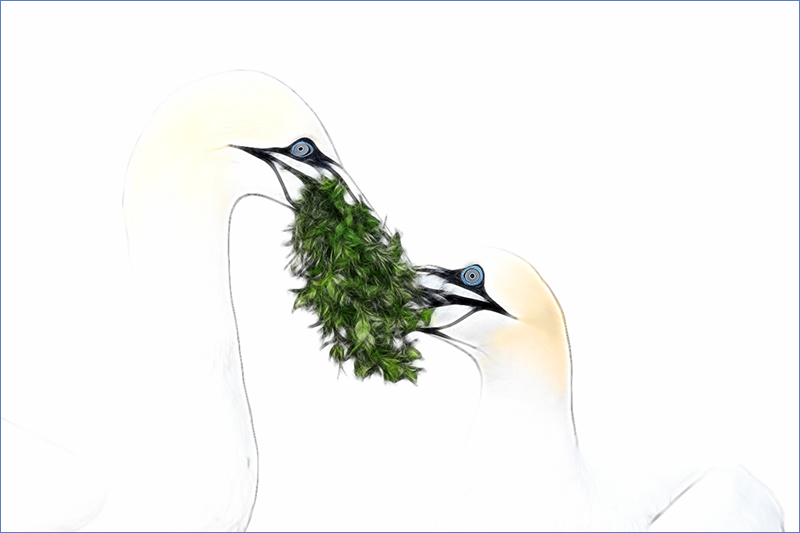
Gannets in Love, Bonaventure Island, Perce,
Quebec, Canada
Image copyright 2010/Arthur
Morris/BIRDS AS ART
Fractalius does a lot more than Glow 100.
After seeing Jackie Schuknecht's wonderful "Passover" in
BPN's OOTB Forum here:
http://www.birdphotographers.net/forums/showthread.php?t=56163.
I asked her how she created it, thought I
remembered what she had done, and created the image above. As it
turned out I used Fractalius's Impression 1 while Jackie has used Sketch
BW 01. I eventually tried her technique, liked both, but preferred the
"mistake above" <smile>
"ONE IMAGE: MANY LESSONS"
FOLLOW-UP
Only two folks wrote suggesting additional lessons
to be learned from Becky Field's image of me on the cliffs at LaJolla in BAA
Bulletin #315: http://www.birdsasart.com/bn315.htm
Here they are:
1-Don't fall off the cliff!
2-Wearing red and moving slowly will get you
closer to the birds than wearing camo and moving quickly.
Yellow-billed Kite, Ngorongoro Crater,
Tanzania
Image copyright 2001/Arthur Morris/BIRDS
AS ART
Canon 300mm f/4L IS lens (handheld) and the
Canon EOS-1D. ISO 100. Evaluative metering +1 1/3 stops: 1/500 sec. at
f/7.1.
This ancient (by my digital standards) image
is still one of my very favorite High Speed Synch images and illustrates
some important features. To learn everything that I know about using
High Speed Synch flash to create images of birds in flight, check out item
next.
HIGH SPEED SYNC FLASH FOR
FLIGHT & ACTION PHOTOGRAPHY
First, a confession. For years I have been
writing "High Speed Synch" flash without realizing that "High Speed Sync" (no
"h") was correct. I figured that since "sync" was derived from "synchronize"
that it needed the "h" at the end. Not! Live and learn.
Here's how I eventually figured it out: Ian Butler of the UK wrote asking
about high speed sync flash. I told him to do a search for it in the
Bulletin Archives and in ABP II as I knew that I had written tons on it over
the years. He wrote back saying that he had found only three references
to it in a search of the Bulletin Archives so I went there myself; a search
for "high speed synch" turned up 97 references. That's when I realized
that I had been misspelling the word all along <smile>
IAC, here goes. As most of you know, each
camera model has a sync speed, a shutter speed above which the camera will not
function properly when set up normally. This is less than ideal for
folks working with long lenses as it prevents them from setting the fast
shutter speeds that are needed to create sharp images of birds in flight and
wildlife in action. (In addition, using a relatively slow shutter speed often
forces you to use a small aperture; this in turn will often bring up unwanted
background detail.) Most of the major camera manufacturers have come up with a
workable solution: high speed sync flash. (Boy, I will never
misspell that word again!) To learn to set your flash to high speed
sync, consult the manual that came with your flash. The trick is different
with most flashes. With the Canon 580 EX II, setting high speed synch
flash is relatively simple: push the Flash Sync Button button (it is the
button to the left of the Zoom Button) on the back of the flash to toggle from
normal operation to High Speed Sync to Rear Curtain Sync (useful for putting
the blur behind your subject when creating flash blurs).
Once you have done this you will be able to set a
shutter speed higher than the sync speed of your camera. While this seems like
a perfect solution there are
drawbacks. Once you set a shutter speed higher than the synch
speed flash output drops drastically. With each full stop increase in
shutter speed, say from 1/250 sec. to 1/500/sec. to 1/1000 sec., you lose
roughly one full stop of flash output. (That confirmed by Canon technical
representative Rudy Winston.) That is why I advise that folks do not go
whole hog and select 1/4000 sec. as shutter speed; I generally try to stick to
either 1/500 sec. or 1/1000 sec. so that I might have enough flash to light
the bird's underwings. While it always makes sense to
use a Better Beamer when working with telephoto lenses that yield an effective
focal length of greater than 300mm, it is vitally important to do so when
using High Speed Synch flash; doing so will roughly triple the flash output.
When photographing birds in flight, it
may--depending on the situation--be best to work in Av mode, in Tv mode, or in
Manual mode. Working in either Av or Tv mode can be best when the light
and/or the background is changing rapidly and/or when you are photographing
both light and dark species. I will usually go with Av when there is lots of
light and Tv Mode (along with ISO safety shift) in low light conditions when I
want to be sure to maintain a minimum shutter speed (usually at least 1/500
sec.) ISO safety shift or Auto ISO features will increase the the ISO in
order to maintain your minimum shutter speed (while taking into account the
exposure compensation that you have set). Not all cameras offer a
feature that can do that; check your camera body manual. As always, the goal
is to have at least some data in the right-most (highlight) histogram box with
few or no flashing pixels.
Once you have determined either the best exposure
or the best method and mode for getting a good exposure, you need to choose
a flash mode and the best flash setting for you situation. When doing high
speed sync flash flight I opt to work either in ETTL or in Manual (flash)
mode. On cloudy days I will often work in ETTL and set my flash to -1 stop.
This will generally reveal some nice underwing detail. (Checking for the
effect of flash on an image is the only time that I recommend a close look at
the image on the back of the camera.) If a check reveals that the flash
is not brightening the underwings you can raise the flash level to zero or
even to +1 stop. In extreme low light situations the flash will
seemingly become more powerful; at dawn and dusk you may need to reduce your
fill flash settings to -2 or even -3 stops to keep from toasting the bird with
the flash. (This is true whether you are using fast shutter speeds and
high speed sync or slow shutter speeds.)
When using high speed sync in sunny conditions I
will almost always work in Manual flash mode and set the 1:1 power setting.
And of course, a Better Beamer. This will give you maximum flash output.
It would be extremely rare to over-expose a bird in flight with the flash in
these conditions unless the bird flies by at extremely close range; if you can
anticipate that situation and can switch to 1:2 you should be fine.
Black-necked Stilt, Bear River Migratory
Bird Refuge, UT
Image copyright 2006/Arthur Morris/BIRDS
AS ART
Canon 400mm f/5.6L lens (handheld) with the
EOS-1DS Mark II. ISO 640. Evaluative metering +2/3 stop: 1/1000 sec at f/8 set
manually.
Setting the flash to zero in ETTL mode
revealed the loverly underwing detail. A clipped wingtip here was repaired
using the techniques detailed in APTATS I.
RALPH PAONESSA'S TAKE ON
HIGH SPEED SYNC FLASH
Ralph
Paonessa (who will always be Ralphie-Boy to me) attended many IPTs in the
early 1990s. (Ask me about the day that Ralph wound up neck-deep in ice
water with his tripod-mounted 300/f2.8 at Cape Mary in Churchill,
Manitoba....) At some point, after extensive career counseling by
yours truly, Ralph accepted a buyout from IBM to pursue a career as a
professional nature photographer. He worked for me for about a year
after Elaine's death in 1994 and proofread the entire text of the original
"The Art of Bird Photography." Today Ralph leads photographic trips
around the world.
When I was
searching for information on High Speed Sync (HSS) flash I came across
Ralph's article on the subject. I had intended to write a
comprehensive article on HSS flash but Ralph's article did a good job
of covering the basics so I decided to limit my piece to using HSS flash
to photograph birds in flight and animals in action. You can
find Ralph's article here:
http://www.rpphoto.com/howto/view.asp?articleID=1026. It includes
lots of screen captures and info on how to set HSS on both Canon and Nikon
cameras.
ERIC MEOLA
If you would
like to see some truly spectacular photography, check out Eric Meola's home
page "Color" gallery here: http://www.ericmeola.com/ .
Eric is a fellow Canon Explorer of Light. And if you want to be
impressed, check out his bio.
Wood Duck drake. Santee Lakes Park,
Santee, CA
Image copyright 2010/Arthur Morris/BIRDS
AS ART
Canon 800mm f/5.6L IS lens with the 1.4X II TC
and the EOS-1D Mark IV. ISO 400. Evaluative metering -2/3 stop: 1/320 sec.
at f/8.
As it was with the Mark III, I rarely need
to underexpose to come up with a good exposure, but with the bright whites
of the throat markings and the upper mandible you need to guard against too
many flashing highlights with drake woodies. I do, however, always
like to see a few over-exposed white pixels on the camera's LCD when
photographing them; that way I know that I am getting as much detail in the
blacks and dark purples as possible. The few hot white pixels can be
recovered during conversion if need be. With his love and skillful use of
color, I am positive that Eric Meola would enjoy photographing this species.
CANON EOS-1Ds MARK II FOR
SALE
David
McNicholas is offering a used Canon
EOS-1 Ds
Mark II (16.7 mp digital camera body) for $1795 plus shipping and
insurance. The
camera is in excellent condition, has no marks on it, and never had a
problem. The firmware is 1.1.6.
Included
will be all of the original equipment, the original box, packing, cables
,battery charger and Instruction manual Extras: one additional camera battery
and a 4GB memory card.
POSSE NEWS/TODD GUSTAFSON
2010 Kenya Big Game Safari
with an option to Rwanda for Gorilla Trekking
This itinerary concentrates on the
two most prolific parks for big game photography in Kenya: Samburu and Maasai
Mara. We will spend 7 days in each of these remarkable destinations.
We are flying so that, unlike on other safaris, you will not waste two days
traveling between these locations. We are staying in the best available
lodges � close to the action. Safaris are tiring so
we want you to be comfortable and rested so you'll be fresh and able to make
great pictures
We are going to the arid, sub-Saharan region of Samburu because that is the
only place on earth where you can photograph a variety of species unique to
that park: gerenuk, baisa oryx, vulturine guinea fowl, and Somali
ostrich to name a few. Take a look at
http://www.gustafsonphotosafari.net/ for video
footage of Gustafson Photo Safari in Samburu. We are going to the Mara at the
time most likely to lead to spectacular river crossings. The last 5 years have
shown a remarkable increase in the frequency and consistency of the Mara River
crossings. Nothing can be guaranteed but this should be a once in a
lifetime experience. Enjoy the Mara Crossings article & pictures from
our previous safaris available at:
http://www.gustafsonphotosafari.net/wp-content/uploads/migration2.pdf
Of course you'll have the best safari photographer in the business along to
make sure that you maximize your photographic opportunities! Do check out the
images from past safaris:
http://www.gustafsonphotosafari.net/?page_id=53
Kenya Big Game Safari Itinerary:
$11,999.00 per person double occupancy
July 28
Depart US
July 29
Nairobi Serena
Jul 30 � Aug 4 Samburu Serena � 6 nights
Aug 5 � 11
Mara Serena � 7 nights -plus you have the AM of August 12 for game drive
August 12
Nairobi Serena
RWANDA: QUEST FOR THE MOUNTAIN GORILLAS
- Price TBD
Aug 13-15
Mountain Gorillas View Lodge � 2 days for gorilla trekking
August 16
Kigale Serena � morning excursion for trekking the Golden Monkey and Transfer
to Kigale afterwards
August 17
Flight to NBO to connect back home
August 18
Arrive home
For additional information please contact Pelin Karaca, 800-451-7111 extension
338. e-mail:
pelin@holbrooktravel.com
Note from artie: When it comes tocreating spectacularly
designed images of wildlife in action, Todd is without peer. Born to
missionary parents in Tanzania, Todd has an extraordinary knowledge of East
African wildlife and a knack for hiring the very best driver-guides. It
seems that he often knows what the animals are gonna do before they know and
he is able to consistently put you close to the action in perfect position.
Learn more about Todd here:
www.gustafsonphotosafari.net
Lion, teeth of lioness, Maasai Mara,
Kenya
Image copyright 2007/Arthur Morris/BIRDS
AS ART
Canon 500mm f/4L IS lens with the EOS-1D Mark
III. ISO 500. Evaluative metering +2/3 stop: 1/200 sec. at f/11.
As I said above, Todd is able to
consistently get folks close to the animals <smile> This image was created
from the image below.
POSSE NEWS: ROBERT
O'TOOLE
Bee Eaters, European Rollers, Raptors and more in
HUNGARY with Robert O'Toole
This central European country is mainly know as one of
the top tourist destinations in the world but it also offers some of the most
amazing bird photography opportunities on the planet. Based in the Kiskunsági
National Park (2 hours south of Budapest) we will
be visiting 14 established hides, 10 within a radius of 1.2 miles, during the
very peak time of the year for Bee eaters, Rollers, Kestrel all nesting,
displaying, and mating. Bee eaters spend an enormous time in front of our set
ups, continuously offering food to the females: bees, wasps, butterflies and
dragonflies right on our perches. Some bee eaters have been known to catch up
to 250 bees per day.
Rollers will perch prominently while hunting and the
male will feed the female about every 20 minutes with insects, rodents,
snakes, lizards and frogs of all kinds. There will also be chances to
photograph Golden Oriole, Cuckoo, Spoonbill, Squacco Heron, White-tailed
Eagle, Goshawk, Sparrowhawk, Hawfinch and much more.
These workshops have been sold out for some time but
2 openings just became available.
Hungary Bird Photography Workshop
1: May 1-8, 2010 7 Days: $3899. Limit 4: 1 opening
available.
Hungary Bird Photography Workshop
2: May 8-15, 2010 7 Days: $3899. Limit 4: 1
opening available.
European
Bee-eater in the rain with gift for mate, Kiskunsagi
NP, Hungary
Image copyright 2009/Robert
O'Toole
Nikon 500mm f/4 VR lens
with the Nikon D300. ISO 800. Manual mode: 1/1000 sec. at f/8.
From artie: note the perfect exposure,
the perfect head angle, and the lovely background. Robert is a
skilled photographer and a skilled instructor.
IPT UPDATES
SW FLA PRESIDENT'S WEEK IPT: FEB 10-15,
2010. Slide program on the evening of FEB 9. 6-FULL DAYS: $2799.
Limit 10/ Sold out.
Co-leaders: Tim Grey and Alfred and Fabiola Forns. If you would like your
name placed on the interested list for this IPT in 2011, please e-mail.
MIDWAY ATOLL IPTs:
Two trips, early March,
2010 (from Oahu, HI) 7-FULL DAYS OF PHOTOGRAPHY: $6395 ALL INCLUSIVE
FROM OAHU. There may be a single opening on either or
both of these trips. Please e-mail or see the complete information
including registration information click here:
http://www.photosafaris.com/photography-trips-2010/midway-photo-tour/.
(This second BAA trip was added by popular
demand.)
BOSQUE del APACHE 2010 IPT: "The
Complete Bosque Experience." NOV 20-26, 2010. Slide program on
the evening of Friday, NOV 19. 7-FULL DAYS: $3199.
(Non-refundable deposit: $500; see details below.) Limit 12/ Openings:
9. Co-leaders: Robert
O�Toole, Jim Heupel., and multiple BBC Wildlife Photographer of the Year
honoree Chris Van Rooyen of South Africa (http://www.wildlifephotography.co.za/). Live,
eat, and breathe photography with one of (if not the) world's premier
photographic educators at one of his very favorite locations on the planet.
Plus great co-leaders and top-notch Photoshop instruction.
A non-refundable deposit of $500
is required to hold a spot for this IPT. Deposits may be paid by check,
PayPal, or credit card. Payment in full (by check or money order only)
is due four months before the start of each trip and is non-refundable
unless the IPT sells out. You will be required to sign a statement of
understanding to this effect. Travel insurance is of course
highly recommended. Travel Insurance Services offers a variety of
plans and options. Included with the Elite Option or available as an
upgrade to the Basic & Plus Options, you can also purchase Cancel for Any
Reason Coverage, which expands the list of reasons for your canceling to an
infinite list, from a sudden work or family obligation to a simple change of
mind. My family and I use and depend on the great policies offered by
TIS whenever we travel. You can learn more here: Travel
Insurance Services. Do note that many plans require that you
purchase your travel insurance within 14 days of our cashing your deposit
check of running your credit card. We regret that we must implement
this new policy but we have been plagued by last minute cancellations that
make it impossible for others to participate and deprive us of essential
income.
Important note: please print,
fill out, and sign the registration and release forms and include them with
your deposit check (made out to "Arthur Morris." ) If you use a credit
card to register, please fill out, sign, and mail the two forms asap.
Your registration will not be complete until we receive your paper work.
You can find the forms here: IPT Registration and Release Form.
San Diego
IPT JAN, 2011. Exact dates TBA:
5 Full Days: $2495 (Limit 8/Openings:
5.)
Slide program on the evening before the first day of the
IPT. A fully refundable $500 deposit now will hold your spot until the dates
are announced. Once the dates are announced let me know either way.
If you opt in, then your deposit will become non-refundable and you will be
asked to complete the registration and release forms. Brown Pelicans, Wood
and Ring-necked Ducks, Western and Heerman's Gulls, Marbled Godwits, and
lots, lots more.
Best and great
picture-making,
artie
Note:
Arthur Morris has been a Canon contract photographer, part of the Explorers of
Light program, since 1996 and continues in that role today. Hunt's Photo
of Boston, MA is a BAA sponsor as is Delkin Devices. Back issues of all
BAA Bulletins can be found in the Bulletin Archives which may be accessed
here:
http://www.birdsasart.com/bn.html
